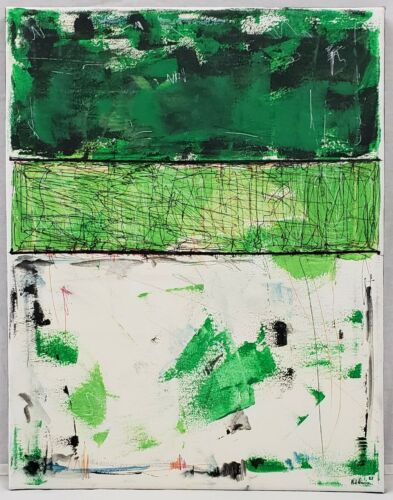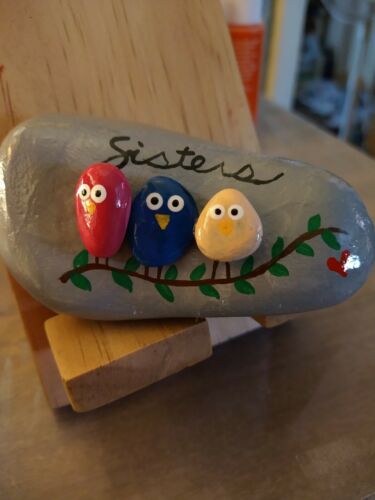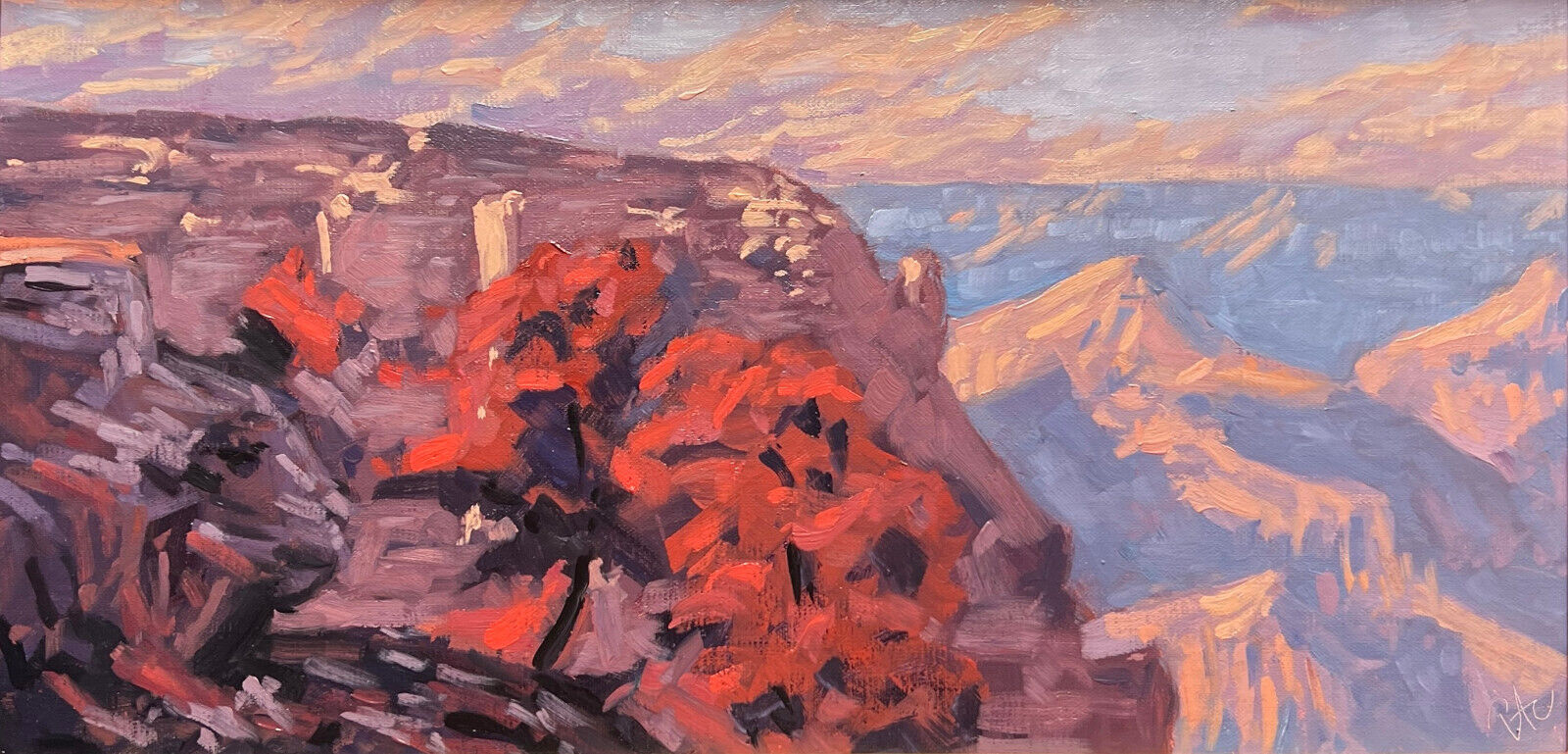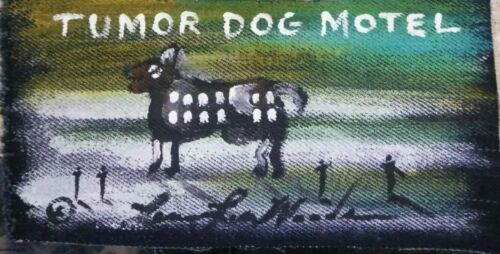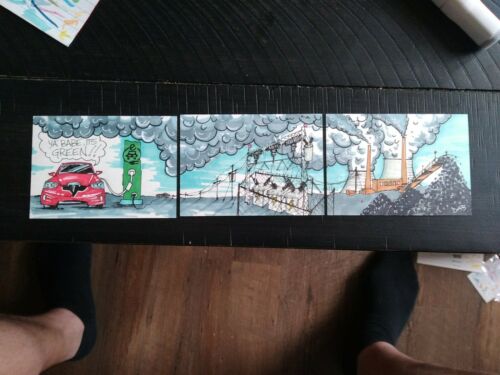-40%
Alfonso A Ossorio (1916–1990) American-Philippines Oil Painting Singed
$ 55.44
- Description
- Size Guide
Description
1--Imagine Size:18"/24"(45cm/60cm)2--Framed Size:24.5”/30.5”
3--Signed Right Down
4--Provenance
: In New York
5--Original: Unprinted
6--Make your own judgment,
Some craquelure in the painting face from age
7--To accept to this status, Please look at all pictures before you make a bid, it was remind to:
From Wikipedia, the free encyclopedia:
Alfonso Angel Yangco Ossorio
(August 2, 1916 – December 5, 1990) was a
Filipino American
abstract expressionist
artist who was born in
Manila
in 1916 to wealthy Filipino parents from the province of
Negros Occidental
. His heritage was Hispanic, Filipino, and Chinese. Between the ages of eight and thirteen, he attended school in England. At age fourteen, he moved to the United States. Ossorio attended Portsmouth Priory (now Portsmouth Abbey School) in Rhode Island, graduating in 1934. From 1934 to 1938, he studied fine art at
Harvard University
and then continued his studies at the
Rhode Island School of Design
. He became an American citizen in 1933 and served as a
medical illustrator
in the United States Army during World War II.
Ossorio's early work was surrealist. He was an admirer and early collector of the paintings of
Jackson Pollock
who counted him as a good friend, and whose works influenced and were influenced by Ossorio. He also established a contact between Pollock and the young gallery owner
Paul Facchetti
from
Paris
through the painter and art historian
Michel Tapié
. Facchetti realized Pollock's first solo exhibition in Europe in 1952.
[1]
In the early 1950s, Ossorio was pouring oil and enamel paints onto canvas in the style of the first abstract expressionist movement in the US.
In 1950, he was commissioned by the parish of St. Joseph in Victorias City, Negros Occidental in the Philippines to do a mural which would be known as "The Angry Christ" to complete the reconstruction of the church built by the
Czech
architect
Antonín Raymond
. Ossorio had this to say in a 1968 interview. "(The Angry Christ) is a continual last judgment with the sacrifice of the mass that is the continual reincarnation of God coming into this world. And it worked out beautifully because the services take place usually very early because of the heat and the church had been oriented so that the sun would come in and strike the celebrant as he stood at the altar with this enormous figure behind him. It worked, if I do say so myself. And although they loathed it at the time it was done it is almost now a place of pilgrimage."
Ossorio traveled to Paris to meet
Jean Dubuffet
in 1950. Dubuffet's interest in
art brut
opened up new vistas for Ossorio, who found release from society's preconceptions in the unstudied creativity of insane asylum inmates and children. On the advice of Pollock, Ossorio purchased an expansive 60-acre (240,000 m
2
) estate, "The Creeks", in
East Hampton
in 1951, and lived there for more than forty years. He arranged to house and display Dubuffet's
art brut
collection there. In the 1950s, Ossorio began to create works resembling Dubuffet's
assemblages
. He affixed shells, bones, driftwood, nails, dolls' eyes, cabinet knobs, dice, costume jewelry, mirror shards, and children's toys to the panel surface. Ossorio called these assemblages
congregations
, with the term's obvious religious connotation.
Ossorio was represented alongside Dubuffet and nearly 140 other artists in the
Museum of Modern Art
's 1961 exhibition
The Art of Assemblage
, which introduced the practice to a broad public.
Ossorio died in New York City in 1990. Half his ashes were scattered at his grand estate The Creeks and the other half came to rest nine years later at
Green River Cemetery
alongside the remains of many other famous artists, writers and critics.
[2]
After his death, his partner Edward "Ted" Dragon arranged for the sale of The Creeks,
[3]
eventually selling it to
Ronald Perelman
complete with many of Ossorio's brightly colored
found object
art sculptures placed in among the groves of exotic evergreens that Ossorio had carefully planted in his final 20 years of life. Outside of The Creeks,
Harvard Art Museum
(Massachusetts), the
Honolulu Museum of Art
, the
Housatonic Museum of Art
(Bridgeport, Connecticut) and the
Smithsonian American Art Museum
(Washington, D.C.) are among the public collections holding work by Alfonso A. Ossorio.
reference Artworks:













